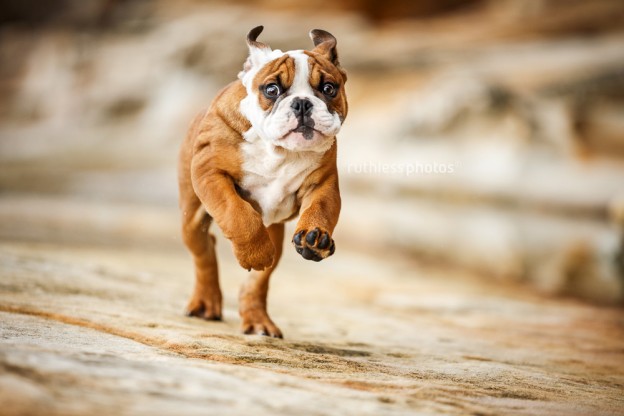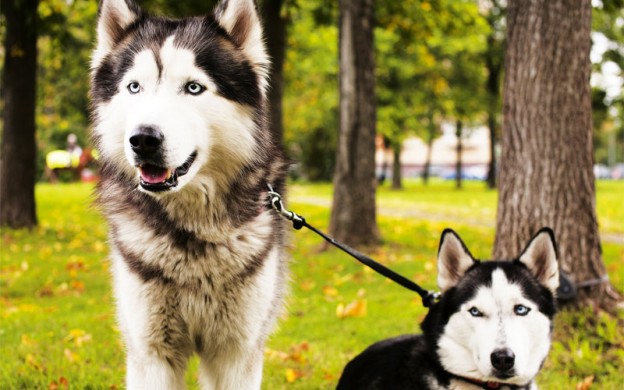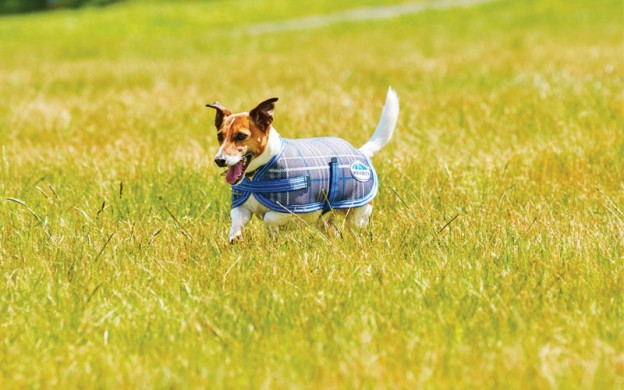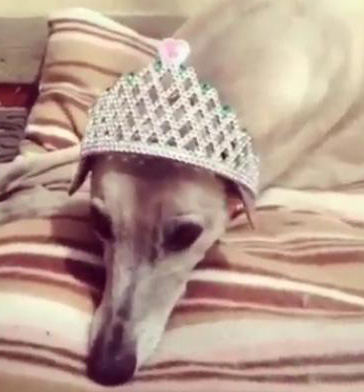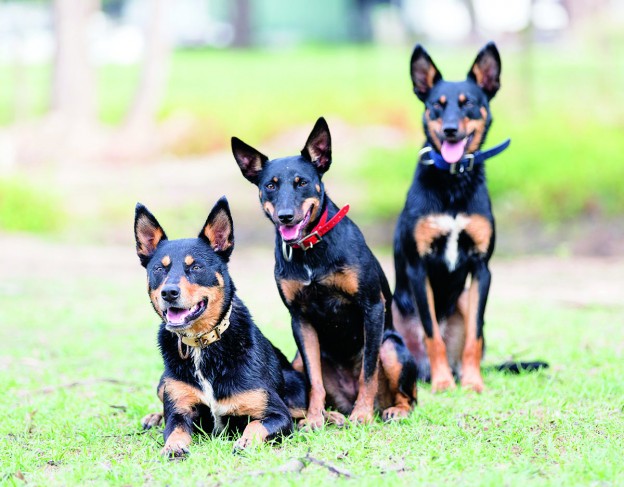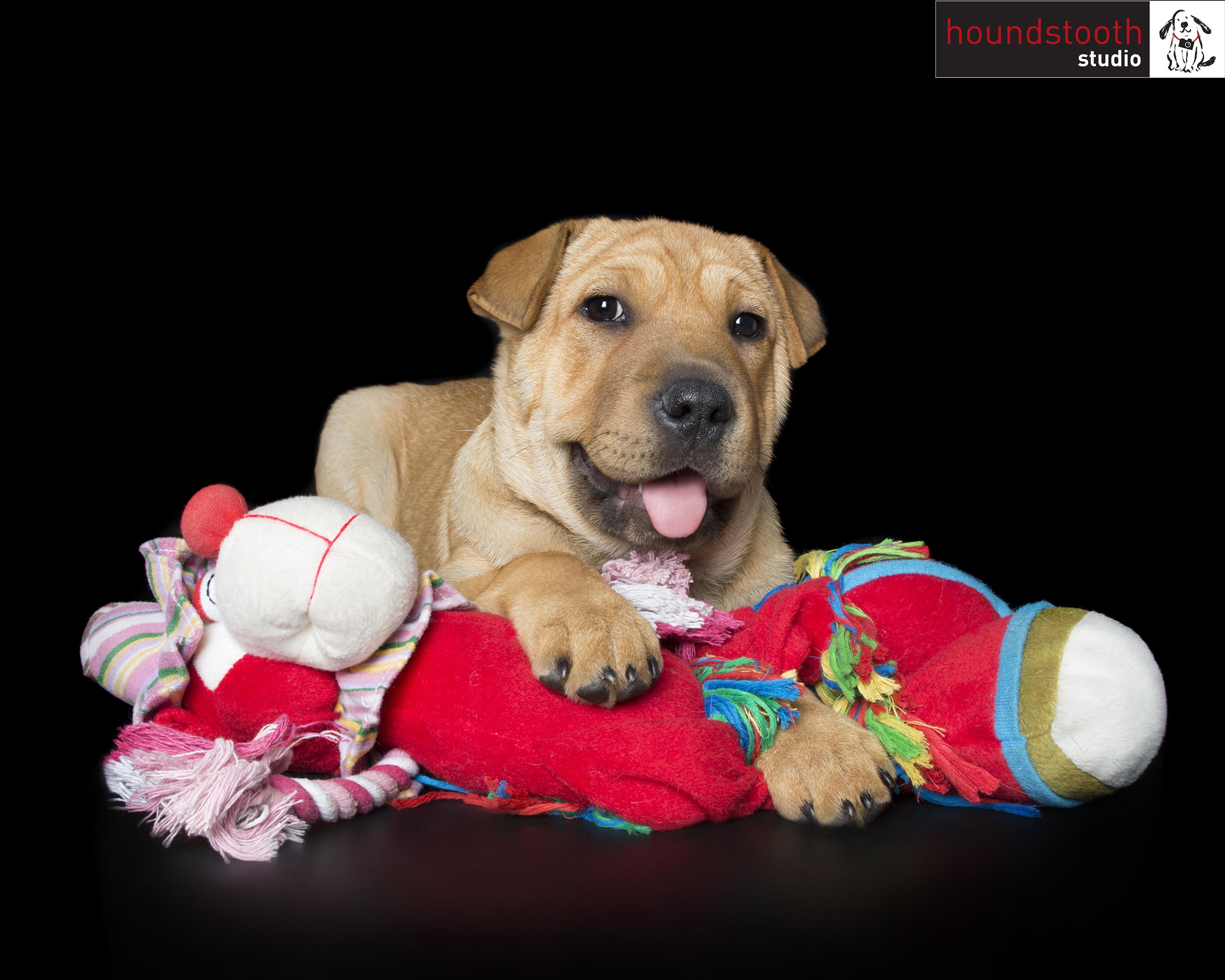
Just like human children, most injuries, accidents and illnesses that affect our four-legged furkids happen in the home. Laura Greaves reveals tips on dog safety at home.
Someone clever once quipped that “home is where the dog is”. But while it’s true that a home with a four-legged family member (or two) is a happy one, human houses aren’t always safe havens for our canine companions.
In fact, studies show that seemingly innocent household items are among the most common causes of accidents, injuries and illnesses in dogs.
“Poisoning from ingesting toxic products is at the top of the list of common household hazards,” says Dr Ben Willcocks, veterinarian and director of pet health website Vetico (www.vetico.com.au).
“This includes items such as xylitol, an ingredient found in sugar-free gum; chocolate; human medications such as ibuprofen and paracetamol; macadamia nuts; raisins; onions; garbage; rat poison and so on.”
Add to this list the risks posed by everyday dog behaviours like chewing — this can be hazardous when curious teeth find electrical cords and power points — and you could be forgiven for worrying your home is a canine house of horrors.
“There is always the possibility your dog will choke on a toy or inanimate object they have chosen to gnaw on,” Dr Willcocks says.
But the good news is that, with a few small changes and some common sense, it is possible to keep your dog safe at home.
Spot the signs
According to Dr Willcocks, the ingestion of toxic household products can cause a variety of symptoms, ranging from mild gastrointestinal upsets to seizures and, sadly, even sudden death.
Knowing how to recognise these symptoms can make all the difference. “For instance, garbage ingestion may cause mild vomiting and diarrhoea, whereas if your pup ingests too much chocolate they can begin to seizure and may even pass away,” he explains.
“Electrocution and choking are fairly self-explanatory and should be considered life-threatening conditions.”
It’s important to remember that potential hazards aren’t just lurking inside the house — there are plenty of nasties in the great outdoors, too. Outside dangers include ingesting poisins and toxins like pesticides (snail and rat bait), fertiliser and anti-freeze.
“There are a swag of other backyard risks you also need to consider, including sharp objects, bites and stings from snakes, spiders and bees, and the ‘big one’: cars,” Dr Willcocks says. “The yard and garage should be screened to eliminate as many of these hazards as possible.”
Injuries commonly sustained in the backyard include cuts, ligament and muscle injuries caused by ledges and steps, and even cruciate ligament rupture. Snake bites are always dangerous, while insect bites can be equally risky if they cause anaphylactic (allergic) reactions.
“Altercations with cars are obviously a major risk and can cause devastating injuries,” he says.
Act fast
So what should you do if you suspect your dog has met a household hazard and come off second best?
Administer immediate first aid if you are confident in doing so, and only if it can be done promptly and effectively. For example, if your dog cuts himself, stem the bleeding and apply a clean bandage. Vetico.com.au offers a series of articles explaining first aid measures for common injuries your pet may experience at home.
But in most cases of household injury or illness, the fastest and safest option is to whisk your pet off to the vet.
“In a situation where you are uncomfortable administering first aid, or where you feel the best option is to seek veterinary treatment, get to an emergency vet clinic immediately,” says Dr Willcocks.
Of course, prevention is always better than cure and there are simple things you can do to “pet proof” your home and minimise the risk of injuries or illnesses occurring in the first place.
Ensure your backyard fencing is secure, keep your garden well maintained to keep snakes and insects away, and keep human medications safely locked away.
Keeping Rover entertained may also reduce the likelihood that boredom will lead him into trouble. “Enrich your dog’s environment, ideally with a bunch of toys and a lot of companionship,” he says.
“Give them adequate daily exercise and lots of socialisation. This will reduce boredom and prevent your dog from trying to occupy his time with more risky adventures, such as escaping.”
Find your happy place
But a dog-friendly home is not simply one that’s free from physical hazards. Interior stylist Emma Blomfield (nestdesigns.com.au) says everything from furniture and flooring, to having their own “quiet space” can enhance a dog’s enjoyment of their surroundings.
“Dogs like soft textiles, so anything scratchy — like jute or hemp rugs or seagrass carpets — aren’t ideal for pooch feet. Floorboards aren’t ideal either because their little paws slip and slide and make running across the room a rather difficult task,” says Blomfield, who shares her Sydney home with miniature Schnauzers Oscar and Alfie.
“Bigger dogs also tend to dislike furniture that is low to the ground and has sharp edges — think glass coffee tables or TV units with metal edging.”
When it comes to televisions, stereos, laptop computers and other electronic equipment, keeping cords and plugs away from canine jaws is essential. “There are lots of stylish cord organisers available, from cable ties to plastic tags that keep them all together,” she says. “Try also to keep them elevated or hidden behind furniture where pets can’t reach.”
It’s also important to keep food and water bowls clean, organised and unable to become a safety hazard for either dogs or humans.
“Try and keep their bowls in the kitchen or laundry, as these are wet areas that are built to withstand spills, so you won’t ruin your floors and your pets can’t hurt themselves,” Blomfield advises.
She also recommends investing in a large, stylish storage bin to prevent your dog from helping himself to his food. “Places like IKEA and Howards Storage World have bins and tubs that don’t look like pet food storage and can be kept on display in your kitchen or living space,” she says.
Finally, provide your pooch with a safe, secure space where he can retreat for a bit of downtime.
“Having a space specifically for the dog to sleep and relax in is really important. He needs to feel like he has somewhere to go if he wants some time out,” Blomfield says. “Making sure you walk and exercise your dog daily will keep him from acting out and destroying furniture because he needs stimulation.”
Top tip
If you do just one thing right this very moment to make your home more dog friendly, make sure your doors are secure.
“Make sure that any doors that open onto the front or backyard can’t be left open by accident and allow your dog access to dangerous and busy streets,” says interior stylist Emma Blomfield.
Consider installing automatic door-closing devices or dog flaps, as long as your outside spaces are safe and secure.
Suspect six
According to pet food manufacturer Purina Australia, the most common household hazards include:
- Rat bait: To reduce the risk of accidental poisoning, put the baits in a place that only the rats can reach. In the roof, between walls, and along known rat runs are all safe places that your dogs should not be able to access.
- Snail bait: Most snail baits contain metaldehyde, which is highly toxic to dogs. To reduce the risk of accidental poisoning, place barriers around garden beds and garden mesh over the top. Store snail bait in the original packaging within another sealed container and keep this in a high cupboard out of reach of pets and children.
- Reclining chairs: It may sound strange, but these can be a major hazard for pets, especially young puppies. They love to run under and hide in reclining chairs and can become caught when someone sits or starts to rock in the chair.
- Oil burners: The oil used in oil burners is caustic but can taste sweet to some pets. If licked or swallowed, oil can cause burns to the mouth or oesophagus that may become life-threatening if left untreated.
- Dirty clothes baskets: Dogs are notorious for seeking out interesting smells from unwashed clothes. Dirty socks are especially dangerous and can cause a life-threatening obstruction in the digestive system that requires emergency surgery.
- Laundry items: Puppies love playing with clothes pegs and will often chew on them. This is potentially hazardous as pegs can lodge in their mouths or oesophagus.
Source: www.purina.com.au



